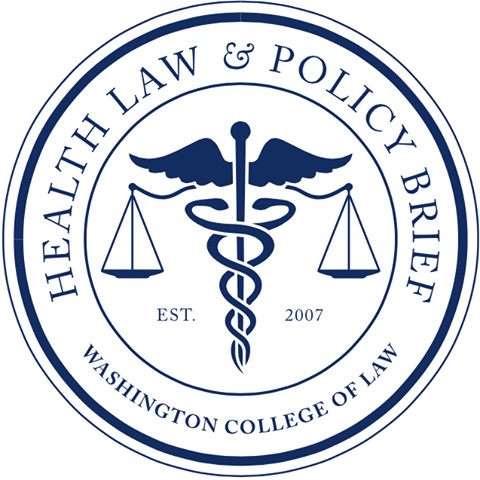Financing long-term services and supports (LTSS) presents a
concern to older adults, lawmakers, and society at large. LTSS refers to those
services that meet a person’s routine health and personal care needs when he no
longer can perform these tasks on his own, often due to age or disability.
Affording LTSS is a challenge, as few people have the necessary financial
resources to meet its high costs, and many must eventually turn to Medicaid for
help. Medicaid is the largest payer of LTSS, covering 43 percent of national
LTSS spending in 2013 (Nguyen). Concerns arose over the
sustainability of Medicaid’s role in financing LTSS in anticipation of an aging
baby boomer population that will need LTSS. One solution intended to ameliorate
LTSS financing is the Medicaid Estate Recovery Program (MERP), which requires
states to recover payments from individual estates for long-term care services (Estate Recovery). However,
this program which is characterized by Rachel Corbett as “Medicaid’s Dark Secret,”
tends to bring more distress than actual revenue.
MERP intends to control LTSS costs by providing a way for
states to recoup the money spent on a recipient’s care. Since the beginning of
the Medicaid program in 1965, states have had the option to recover from the
estates of deceased beneficiaries over age 65 when they received benefits (MACPAC). However, the highly billed savings
of estate recovery have yet to materialize.
In 2005, the AARP Public Policy Institute published a study analyzing the first decade of
mandatory estate recovery. The study found that Massachusetts collected an
average of $16,442 per estate in 2003; offsetting a little more than one
percent of its LTSS costs in total. That one percent made its efforts among the
most effective in the nation. In contrast, the average amount recovered from an
estate in Kentucky was $93, representing just 0.25 percent of its LTSS costs.
The total amount states recovered increased from $72 million in 1996 to $347
million in 2003. Nonetheless, estate recoveries accounted for less than one
percent of Medicaid’s total nursing home costs in 2003. Corbett notes that the
“overwhelming majority” of estates recovered under MERP are not worth the
hundreds of thousands of dollars needed to make an impact on Medicaid LTSS
spending.
MERP,
thus, seems more punitive than economical. As described above, the average
amount recovered from an estate is far from the amount needed to reimburse the
billions of dollars spent on LTSS. Financing LTSS presents one of the greatest
challenges our healthcare system will face in the upcoming years. While
Medicaid has met this need for now, its role as the primary LTSS payer is
unsustainable. MERP was billed as a solution to manage the strain LTSS puts on
state and federal budgets, but the program, with its slim returns and human
cost, is not the answer. A few states have already responded to these concerns
by scaling back their estate recovery programs (Corbett). More state lawmakers should
consider following their lead.
